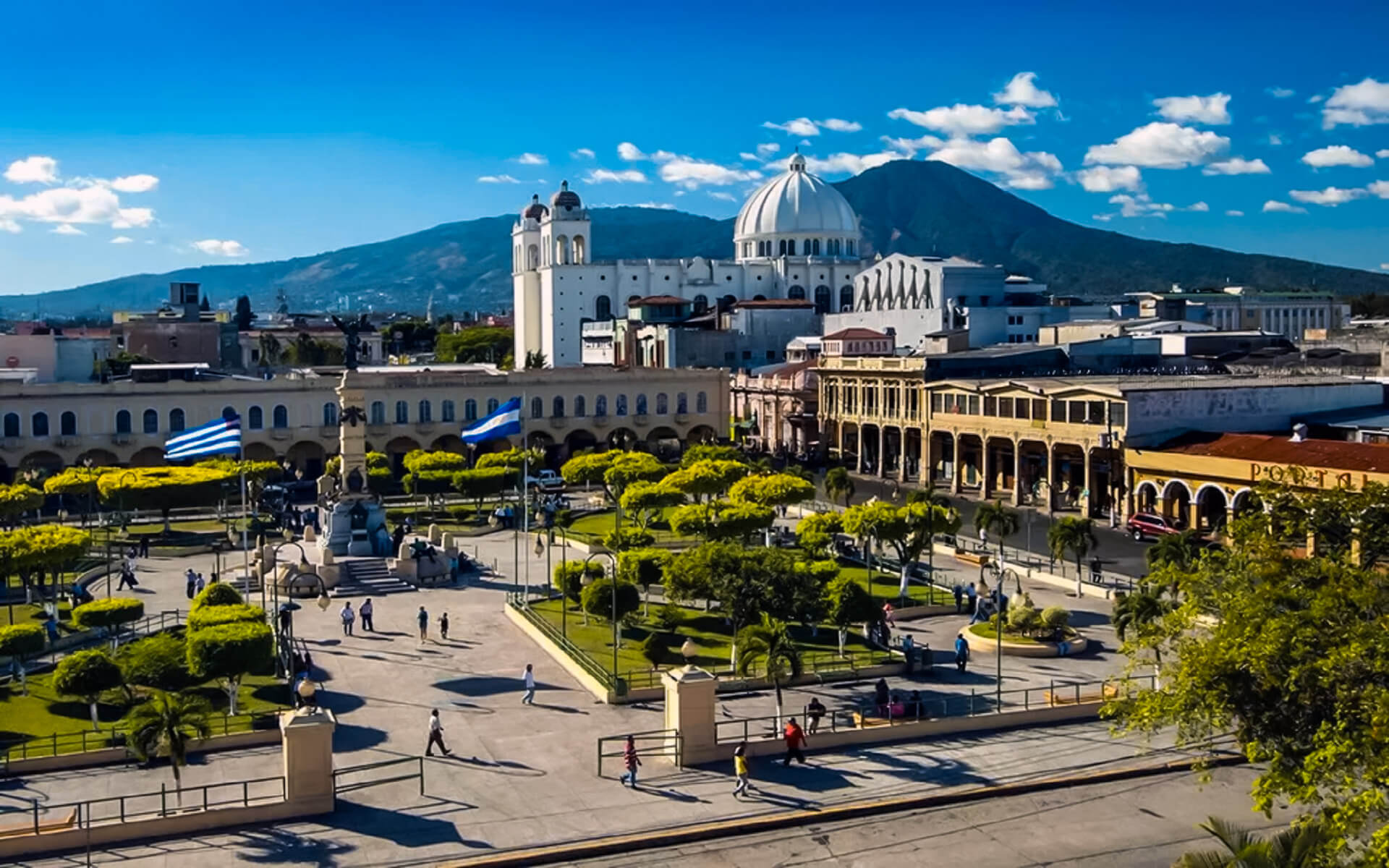San Salvador is El Salvador’s capital and the seat of the San Salvador department.
It is the most populous municipality in the nation, as well as the country’s most significant political, cultural, educational, and financial hub.
Original Spanish colonial era architecture are essentially non-existent in the city due to seismic devastation; instead, Gothic and Modernist-style churches have taken their place. Architecturally, notable buildings in San Salvador exhibit unique Modern, Googie, and Populuxe elements, comparable to those in Los Angeles, a city on which San Salvador is inspired.
San Salvador, being a large global metropolis, is also a major financial center hub in Central America. The city is home to the Concejo de Ministros de El Salvador (El Salvador’s Council of Ministries), La Asamblea Legislativa (El Salvador’s Legislative Assembly), the Corte Suprema de Justicia (El Salvador’s Supreme Court), and other governmental institutions, as well as the president of the Republic’s official residence.
San Salvador is located at the foot of the San Salvador volcano, in the “Valle de las Hamacas” (meaning “Valley of the Hammocks,” as it was dubbed by the Pipil because to its severe seismic activity). It has a population of over 2 million people and encompasses 600 square kilometers.
One-third of El Salvador’s population and half of the country’s wealth are concentrated here.


